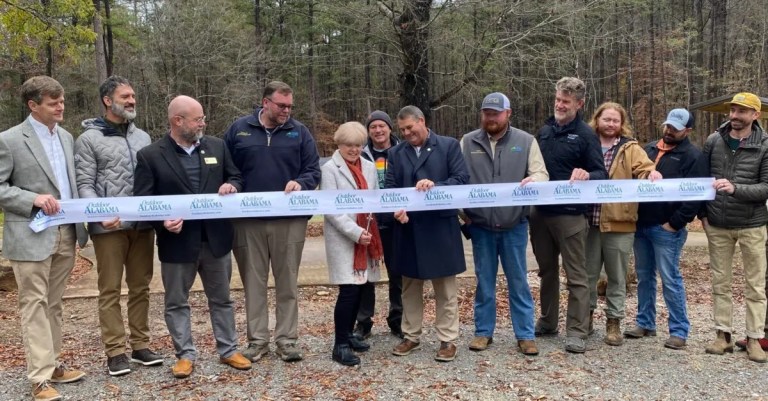Read before you go fishing – Alabama’s 2017 fish consumption advisory
Reading time: 3 minutes

Going fishing? Read this first. This week, the Alabama Department of Public Health (ADPH) released its 2017 fish consumption advisory.
Over the past year, the Alabama Department of Environmental Management and the Tennessee Valley Authority collected 641 samples of fish from 48 stations to get the results and form a fish consumption advisory list.
Here is the ADPH Fish Consumption Advisory for 2017.
The list gives people guidance on how many fish to eat from a specific body of water. Some bodies of water have fish with higher levels of mercury and other chemicals.
“When excess levels of a contaminant are found in multiple fish species sampled from a specific waterbody, a ‘Do Not Eat Any’ advisory is issued,” said ADPH in a statement. “Consumption of any fish from a specific water body under a ‘Do Not Eat Any’ advisory may place the consumer at risk for harm from the contaminant.”
The ADPH’s newly issued advisories will be represented as the safe number of meals of that species of fish that can be eaten in a given period of time, such as meals per week, meals per month or do not eat any. A meal portion consists of 6 ounces of cooked fish or 8 ounces of raw fish.
Please see our earlier story for a cooking method that helps reduce the amount of contaminants consumed. In general, smaller fish have lower levels of contaminants than larger fish. In addition, catch and release of larger fish will enhance most fisheries.
Fish Guide
To help people understand the fish consumption advisories the Coosa Riverkeeper has developed a Fish Guide.
“In Alabama, the River State, nearly every river has fish consumption advisories,” stated Justinn Overton, Executive Director of Coosa Riverkeeper. “Fishing is not just for recreation, many folks are fishing for supper too! Fishermen across Alabama shouldn’t have to fish for answers when it comes to finding and understanding fish consumption advisories on their local lakes and rivers.”

“Coosa Riverkeeper’s Fish Guide program aims to educate fishermen and their families about the public health impacts of these advisories and ways to reduce their exposure to harmful contaminants like PCBs and methylmercury,” concluded Overton.
What can you do to get the word out about Alabama’s fish consumption advisories?
Share the Alabama Department of Public Health’s 2017 Fish Consumption Advisory list and visit/share the Coosa Riverkeeper’s Fish Guide.



